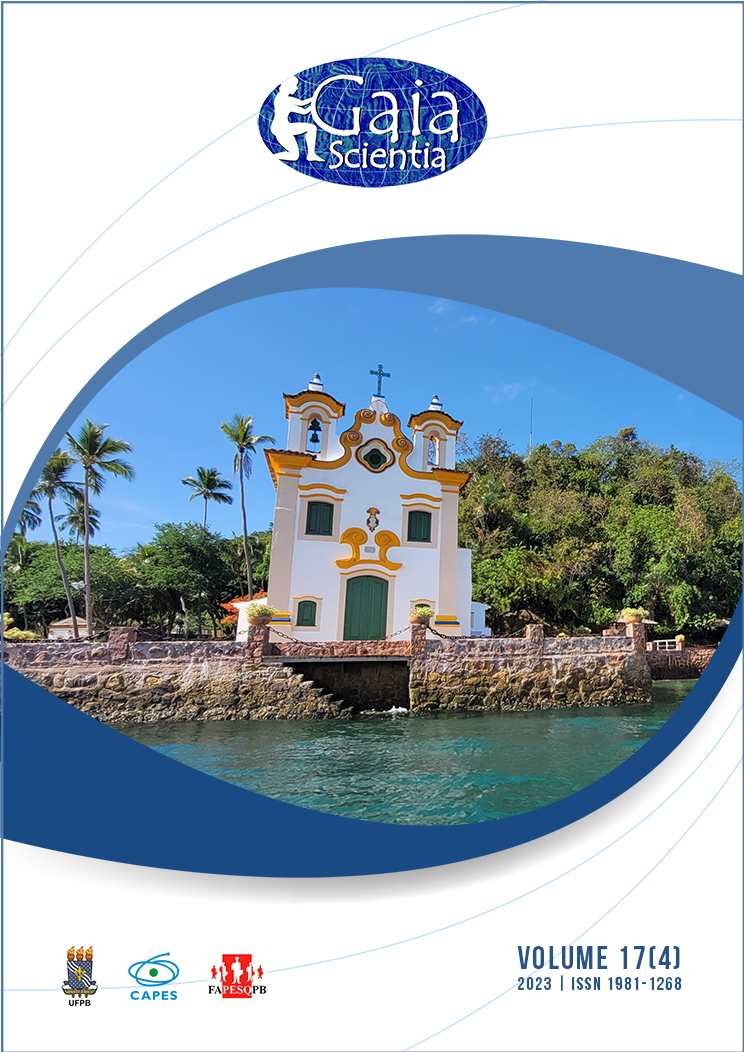Evaluation of the dispersion of carbon monoxide (CO) emitted from automotive vehicles in a high-traffic region in Recife, Brazil
DOI:
https://doi.org/10.22478/ufpb.1981-1268.2023v17n4.67709Abstract
Air pollution resulting from the combustion of fossil fuels poses a global threat to public health, with motorized vehicles identified as major contributors in urban areas. Carbon monoxide (CO), a byproduct of incomplete combustion of these fuels, is odorless and colorless, posing risks to both health and the environment. Exposure to elevated levels of CO can lead to symptoms of poisoning and even death. In this context, the present study aimed to investigate, through simulations using the HYSPLIT model, the dispersion of vehicular CO emissions and the trajectories (forward trajectories) of wind in a high-traffic urban section in Recife during October 2021. The results indicate high concentrations of CO near the investigated site, especially during the early morning hours (0h to 8h), with lower dispersion during this period but within the limits established by Conama 491/2018. Remarkably, 83% of the winds exhibit a predominant southeast direction, contributing to greater dispersion during daylight hours and affecting larger areas.










